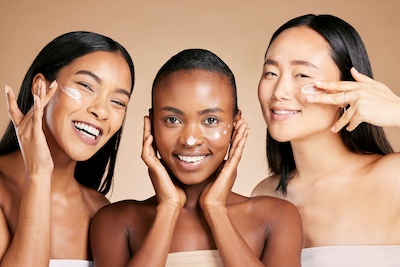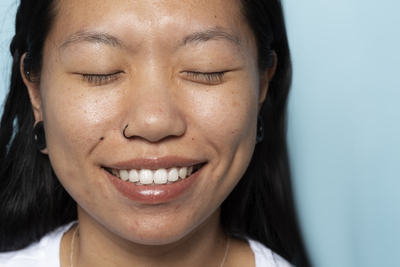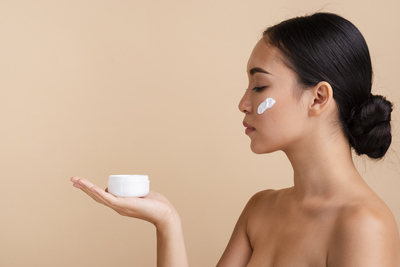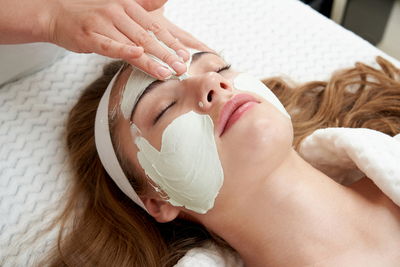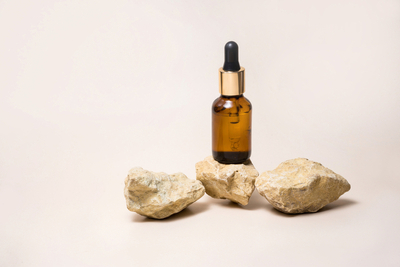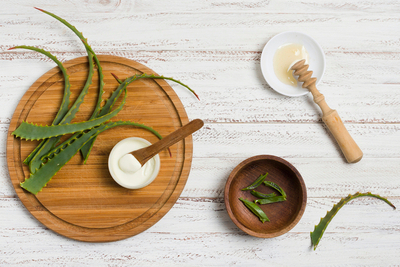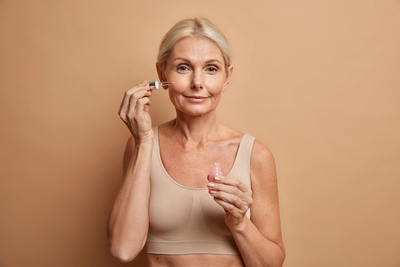6 Types of Acne That Need Different Treatment
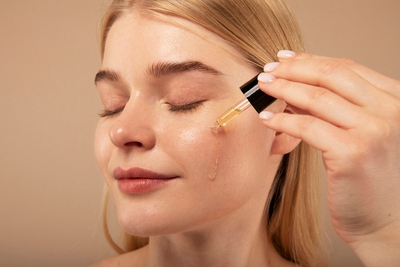
According to the British Association of Dermatologists, acne is estimated to affect 9.4% of the global population, making it the eighth most prevalent disease worldwide. Pimples often affect teenagers aged 12-18 years, but 20-40% of women experience them after age 25 for the first time. In order to treat breakouts correctly, it is important to understand what type of acne you have.
Acne Symptoms
The main signs of breakouts on the face are:
- Comedones (white spots), papules (inflamed bumps under the skin) and pustules (a bulging patch of skin that's full of a yellowish fluid) on the forehead, cheeks, chin, chest and back;
- Enlarged pores;
- Increased oiliness of the skin of the face and scalp;
- Reddish spots after pimples;
- Scars with smooth or torn edges.
How Many Types Of Acne Are There?
1. Blackheads
Blackheads appear when pores become clogged with sebum and dead skin flakes. The dark color of comedones is given by the pigment called melanin. They usually don’t exceed a few millimeters in diameter and don’t cause pain or itching.
2. Whiteheads
Whiteheads are formed due to hyperfunction of the sebaceous glands: the amount of sebum produced changes. Since there’s no sufficient amount of healthy lipids, the whiteheads are formed. One may experience small, dense, light-colored bumps with a diameter of one to three millimeters.
3. Papules
Papules are formed from comedones that are mostly closed. They are often caused by hormonal changes in the body. Small, inflamed, reddish bumps appear under the skin and are painful when pressed.
4. Pustules
They appear when papules “ripen”. They are papules with a white head in the center and can be released under pressure. The pustules are painful and hard to the touch. They are red at the base and filled with white or yellow lesions.
5. Nodules
Nodules appear when pustules or papules aren’t treated right and infection spreads from the pustule (when squeezed out) to surrounding tissues. These are deep pimples that are painful when pressed. The nodules usually exceed five mm in diameter. Their color varies from red to bluish-purple.
6. Cystic Acne
They usually occur due to hormonal imbalance and may appear if you have a genetic predisposition to pimples. They are under-skin nodules filled with pus. Once you heal cystic acne, atrophic scars typically remain on the skin.
After treating the breakouts, you may have to deal with post-acne marks. Here are its main characteristics:
- Enlarged pores appear due to breakouts stretching the skin;
- Scars are formed in places where there were pustules or cysts. As a rule, they develop due to damage to the middle layer of the skin;
- Stagnation spots are bluish-red dots that resemble small bruises. They occur at the site of cysts due to trauma to the dermis;
- Post-acne hyperpigmentation spots appear when damaged skin is exposed to ultraviolet radiation.
To Wrap It Up
When facing skin problems, it is important to consult a specialist in order to determine the type of acne and the necessary internal and external treatment. And of course, SkinBuddy is always here to offer you products that are best suited to your situation. Mention your skin concerns, use the search bar to find the specific ingredient or brand name - and the system will do everything for you in just a couple of seconds. Stay tuned!
Try SkinBuddy to find out what works for your skin, and what doesn’t.
Scan your skincare, avoid pore-clogging or irritating ingredients, and discover smarter product matches. Open the web app or download the mobile app to get started.
Open SkinBuddy Web Appor
Check if your skincare suits your skin type, sensitivity, or acne-prone needs at skinbuddy.app and discover better options that match your routine and goals. SkinBuddy makes it easy, fast, and science-backed.
Scan to get started:

Web App (mobile only)

App Store & Google Play
References
- Bhate, K. (2015, January). A global perspective on the epidemiology of acne. British Journal of Dermatology. https://www.researchgate.net/publication/271021719_A_global_perspective_on_the_epidemiology_of_acne
- Palmer, A. (2023, April 7). Post-Inflammatory Hyperpigmentation and Acne. Very Well Health. https://www.verywellhealth.com/post-inflammatory-hyperpigmentation-15606
- Schober, L. (2023, November 18). What Are Blackheads? Health. https://www.health.com/blackhead-8385905
- Acne: Signs And Symptoms. American Academy of Dermatology Association. https://www.aad.org/public/diseases/acne/really-acne/symptoms


